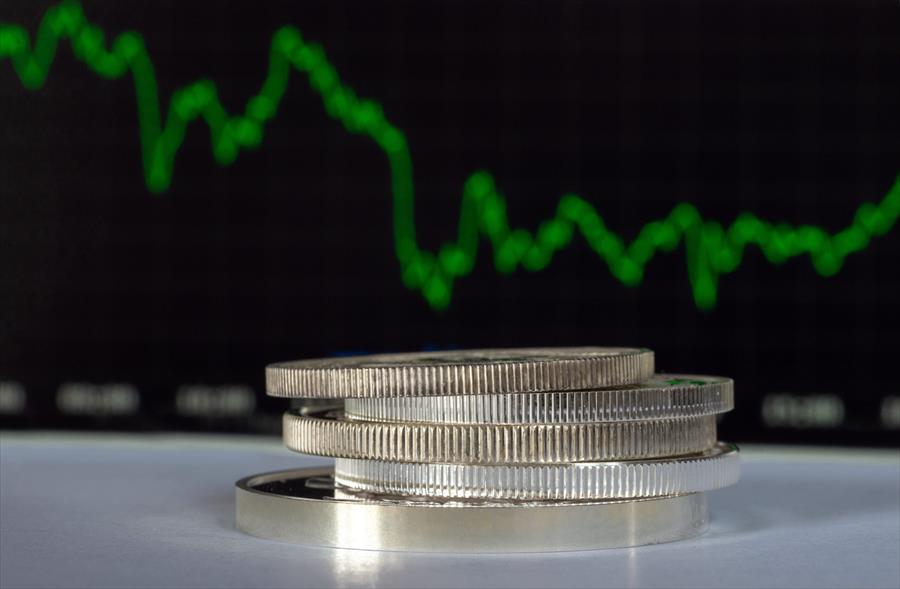How to Identify a Palladium Coin
Palladium is a silvery-white metal that’s one of the rarest materials used for coins. If you happen to come across any coins made from palladium, they can be quite valuable. However, telling the difference between palladium and other silvery metals like nickel can be difficult. Keep reading as the precious metals experts from First National Bullion, the palladium, silver, and gold dealers Scottsdale collectors rely on for outstanding quality and service, offer tips to help you distinguish palladium coins from other types of coins.
Research the Type of Coin
One of the best places to start is by simply researching the coin. There are a lot of great resources available for coin enthusiasts and precious metals investors, so you might be able to find a source that mentions the coin’s metal content. You’ll need to know the country of issue, the type of coin, and the year it was minted. Some examples of rare coins that often contain palladium include:
- 2017 American Eagle
- 2005 Canadian Maple Leaf
- 1989 Russian Ballerina
- 1989 Chinese Panda
- 1995 Australian Emu
Look at the Coin’s Surface Closely
Not all palladium coins will have a pure palladium exterior, but it’s still useful to know what palladium usually looks like. This metal is often compared to platinum in color. It’s bright and silvery but isn’t as white as platinum. Palladium is also notable for having a smooth and shiny texture, though this may be less notable in very old and worn coins.
Test to See if the Coin Is Magnetic
A quick and easy way of ruling out palladium in a coin is with magnets. Palladium isn’t a magnetic metal, so if the coin attracts a magnet, it’s usually not palladium. Keep in mind this test will be irrelevant for most U.S. coins, since even the ones that aren’t made from palladium don’t typically contain magnetic metals. However, if the coin was minted in a country that uses steel to make coins, a magnet can help you distinguish between palladium and steel.
Try an At-Home Palladium Testing Kit
Palladium testing kits are a quick and easy way to check coins for palladium. These tests use a type of acid that reacts to most common metals but doesn’t react to palladium. The typical test involves using a small stone to gently scrape a tiny streak off the surface of the coin. You then drop acid onto the stone to see how the streak reacts. If it sizzles and dissolves rapidly, the coin isn’t palladium. If the streak doesn’t react to the acid, it probably is palladium.
Get the Coin Professionally Assessed
Unless you have professional-level equipment, it can be difficult to confirm a coin is palladium. You might want to consider taking it to an expert for an assessment. The expert can examine the coin closely and tell you what the coin was made from.
When in doubt, seek the opinion of numismatic experts or coin dealers who specialize in precious metals. If you live in Scottsdale, silver bars, gold bullion, and palladium coins of the highest quality are available at First National Bullion and Coin. We buy and sell all kinds of precious metals, including silver, platinum, gold, and palladium. Scottsdale collectors who are looking for trustworthy dealers and high-quality service should give us a call to speak with one of our precious metals experts.
The statements made in this blog are opinions, and past performance is not indicative of future returns. Precious metals, like all investments, carry risk. Precious metals and coins may appreciate, depreciate, or stay the same in cash value depending on a variety of factors. First National Bullion does not guarantee, and its website and employees make no representation, that any metals for sale will appreciate sufficiently to earn the customers a profit. The decision to buy, sell, or borrow precious metals and which precious metals to purchase, borrow, or sell are made at the customer’s sole discretion.


